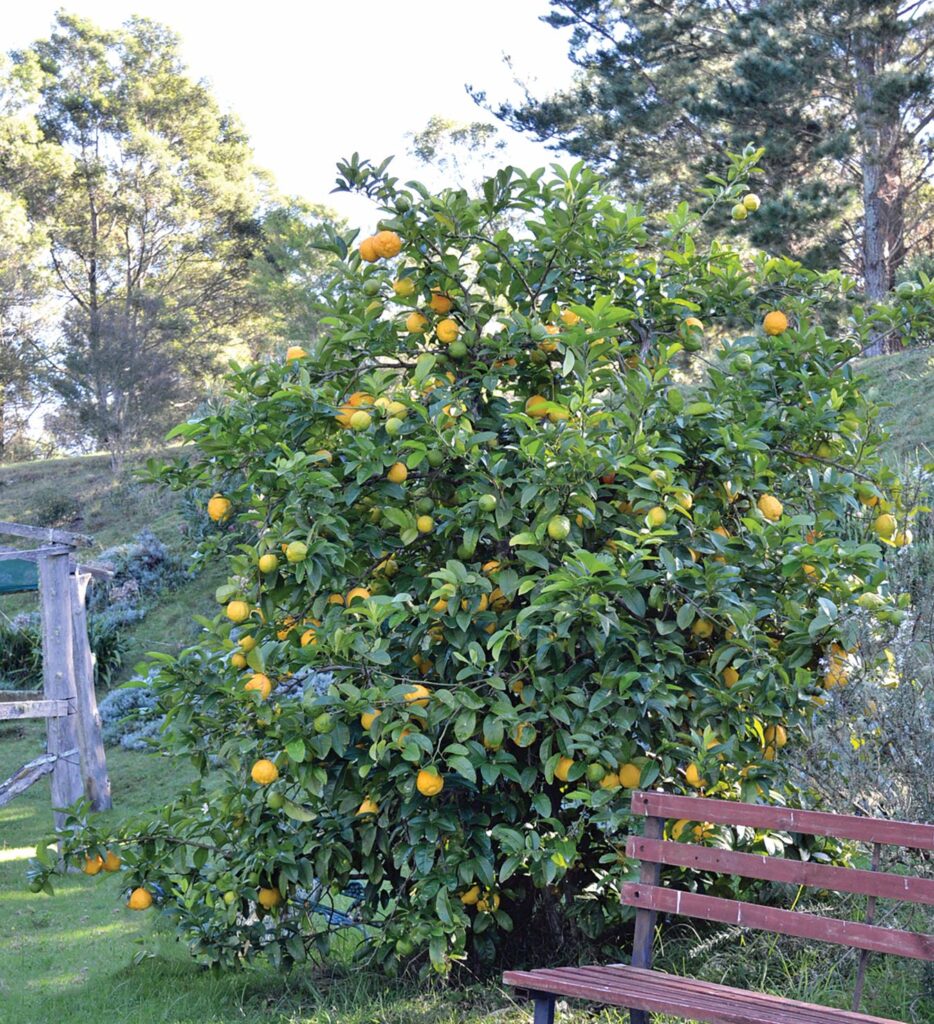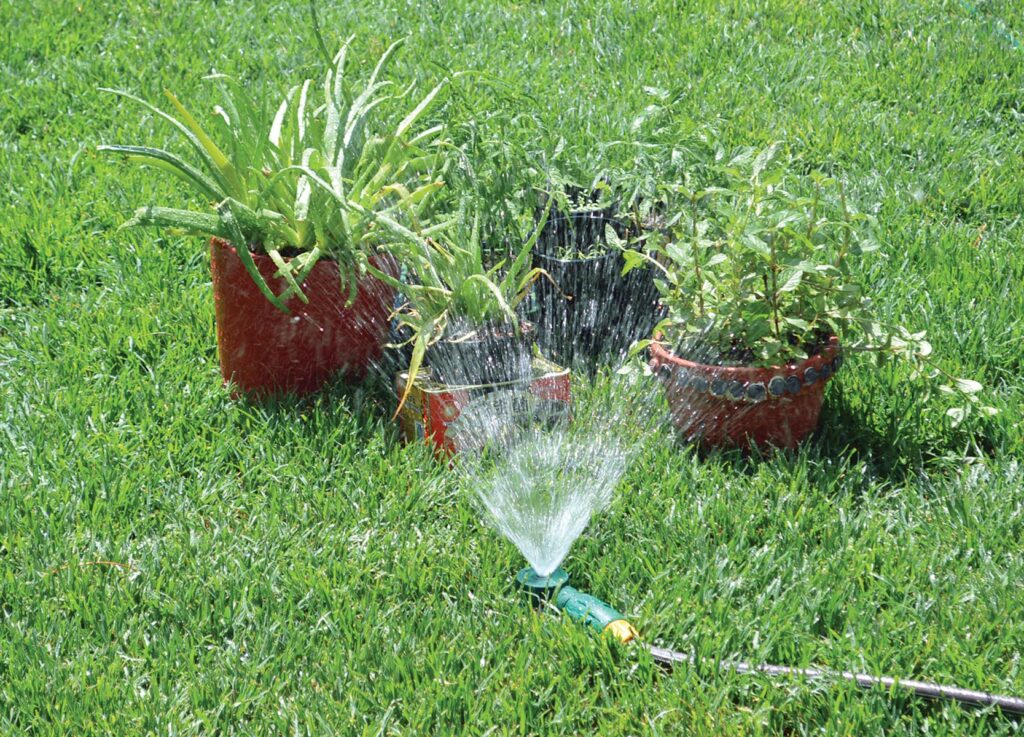Citrus are sun-loving creatures, who find our cold winters a season to be endured. Now the weather is balmy and to their liking, it’s high time to lavish some rejuvenating attention on these much-loved plants.
Apply a moderate layer (3-5cm) of organic matter as a slow-release fertiliser to the soil’s surface. Wherever possible, avoid disturbing the existing soil profile to maintain structure and to avoid damaging shallow surface roots. Products such as compost or well-rotted manure release nutrients gradually and help build healthy soils.

Mulch levels can be topped up to at least 10cm to protect the soil from fluctuations in temperature and significantly reduce evaporation. Avoid plant stems, however, to prevent disease and other humidity-related issues.
Apply soil conditioners such as comfrey tea or seaweed extract every few weeks to increase their resilience to heat, wind and other extremes. Comfrey contains much-needed nutrients including potassium, nitrogen, protein, calcium, magnesium, iron and silica – all in high demand when citrus are flowering and fruiting.
Avoid leaving ripe fruit on bushes for prolonged periods as this draws much-needed nutrients from the plant. A bumper crop is also heavy and could cause branches to drop in wet or windy weather.
It is common for citrus to suffer from nutrient deficiencies such as magnesium and some other trace elements, so it’s worth applying a trace element fertiliser as directed in the growing season.
Citrus generally only require minimal pruning – to remove dead, diseased, crossing or congested branches; to restrict their height, or to remove wayward branches. Use quality secateurs and cut on a 45-degree angle, slightly above an outward facing bud.
How should I water?
Water is a precious resource, so it’s a no-brainer that we should be watering our gardens as efficiently as possible. The following are some strengths and limitations of common watering methods.
Hand watering
- Because we are physically spending time in the garden when watering by hand, we are more likely to notice individual plants and issues such as drying out or waterlogging, pest and disease outbreaks, and nutritional imbalances.
- Hand watering gives us the ability to cater to an individual plant’s watering needs.
- A quick hand water on a stinking hot day can mean the difference between the life and death of a plant.

Drawbacks: It is difficult to know exactly how much water we are applying when hand watering; could it be too little or too much? Hand watering is time consuming – one could spend hours each week watering over the summer months.
Portable overhead sprinklers
- They are portable, handy for lawn areas and much favoured by birds.
Drawbacks: Can cause sunburn and humidity-related pest and disease issues. Very inefficient use of water – a classic round sprinkler, which has a coverage of 10m diameter uses around 1,410 litres of water per hour.
Dripper irrigation systems
- Dripper systems discharge water slowly and over a large area, equating to maximum absorption and efficiency. There is next to no evaporation (especially if it’s installed under mulch), you prevent humidity-related pest and disease problems, and it’s a huge time saver.
Drawback: Initial outlay can be expensive.
For more:








